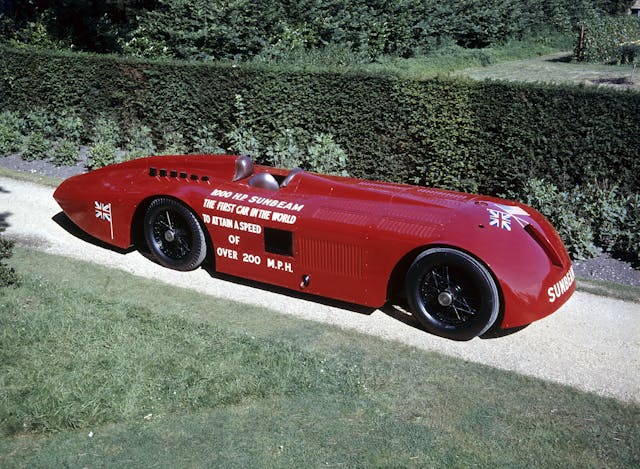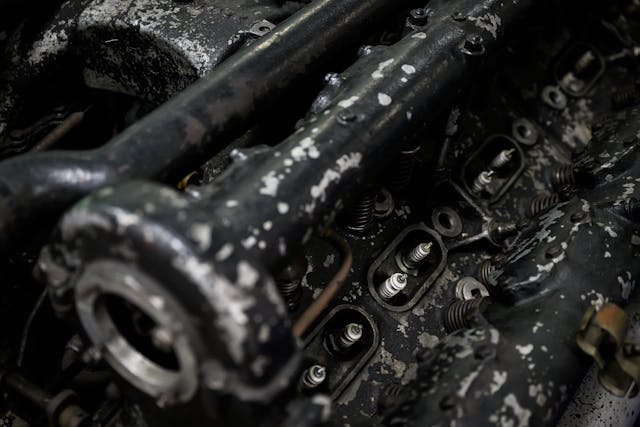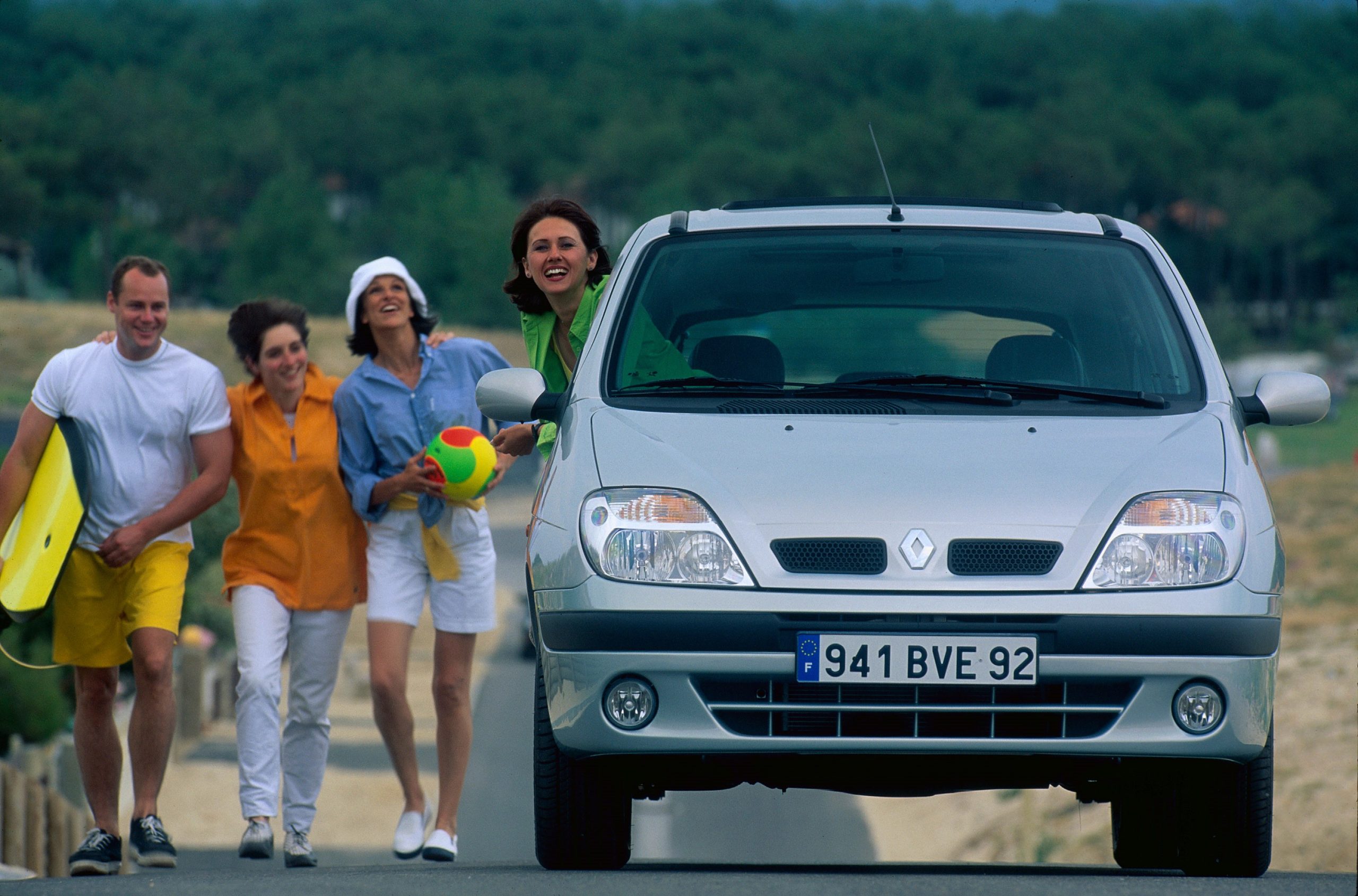In 1927, Major Henry Segrave piloted a Sunbeam land-speed car to 203.79mph on the sands of Daytona Beach, Florida, making it the first car to record a speed over 200mph. The National Motor Museum, located in Beaulieu, hopes to get the massive racer running and bring it back to Daytona three years from now, on the 100th anniversary of the achievement. What better way to celebrate the feat than with the thundering report of the car’s twin 22.5-litre V12 aircraft engines?
The National Motor Museum has calculated that it will take £300,000 to rebuild the two monster engines, freshen up the car, and ship it across the Atlantic. After announcing the plan last March, the museum has already raised £50,000.


Museum visitors can currently see the car’s chassis, which is on display while other restoration work is being done. Later this month, the museum’s manager and chief engineer, Doug Hill, along with senior engineer Ian Stanfield will host a talk highlighting the restoration efforts. They’ll be joined by Richard Noble, who held the outright land-speed record for driving the Thrust 2 to 633mph in 1983. Tickets for the event will benefit the restoration of the Sunbeam.
Plans for the huge, sleek racer include the trip to Daytona, naturally, but also a tour around Europe and America so that racing fans and history buffs can get an up-close look at the machine and also hear it in all of its glory. One of the DOHC, 48-valve engines seems to be up and running for the first time since before World War II, after a rebuild that repaired the aged and oxidised machinery, but there’s still a long way to go.

“Funds are now needed to gear up a level to complete the second engine build and ultimately the full restoration. Donations for the Sunbeam 1000hp Restoration Campaign can be made online. Sponsors and corporate donors who would like to be associated with the campaign are urged to get in touch with the Museum’s Development team,” said the National Motor Museum’s Michelle Kirwan.
This record-setting car would be a sight to behold, as it highlights a different era of land speed racing than anything we’ve experienced. With 24 cylinders and nearly 1000hp on tap, it would sound unlike anything we’ve seen in competition. We wish the National Motor Museum luck in reaching its goal and preserving this wonderful piece of history, and we hope to see the Sunbeam hit the beach in three years!








